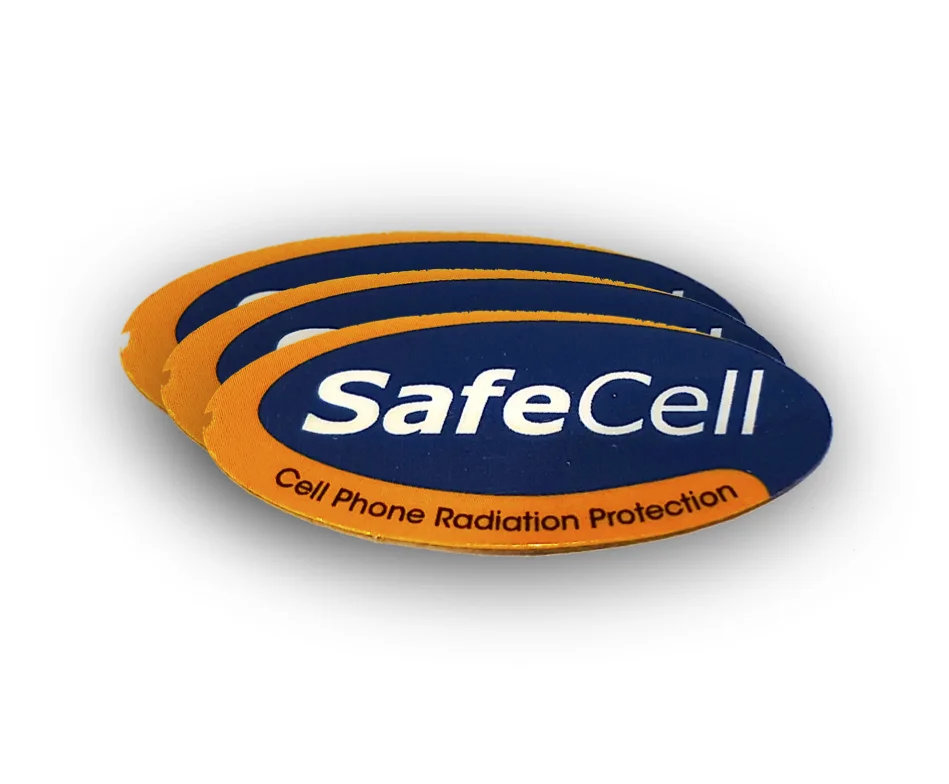In 2015, wireless technology has become the predominant way in which we share information and stay connected with the world at large. We have cellphones, tablets, computers, radios, routers and cable boxes, to name a few of the many things with wireless capabilities that clutter up our air-waves on a frequent basis.
A common discussion between health organizations, lobbyist groups and government organizations alike has been whether or not the massive increase of wireless technology will have negative health effects on people via wireless radiation.
While this conversation is nothing new, wireless radiation has been a subject of contention in medical research since the 1980s when the internet was first introduced in various countries. It has taken centre-stage once again, this time in Canadian politics, as Terrance Young, a Conservative Member of Parliament for Oakville, Ontario, has partnered with former President of Microsoft, Frank Clegg, to promote awareness of the dangers of wireless radiation.
In what Young describes as a “multi-party support” for his private member bill, the Ottawa PM seeks to have warning labels placed on a variety of microwave-emitting wireless devices or electromagnetic field (EMF) devices.
In a press conference on Jan.19 in Ottawa, Young stated, “The World Health Organization places wireless radiation on the same cancer warning-list as DDT, lead and car exhaust. Canadians have a right to know this”.
When asked what the recommended changes that Bill C-648 would bring into effect in regards to packaging of products, Young stated, “The warnings are in fine print, in paper booklets that few people read. This new bill ensures those same warnings will be readable and easy to find, right on the packaging or the device”.
In the World Health Organization’s (WHO) report, “Establishing a Dialogue On Risks From Electromagnetic Fields”, WHO stated that “Scientific knowledge about the health effects of EMF is substantial and is based on a large number of epidemiological, animal and in-vitro studies. Many health outcomes ranging from reproductive defects to cardiovascular and neurodegenerative diseases have been examined, but the most consistent evidence to date concerns childhood leukemia”.
“In 2001, an expert scientific working group of WHO’s International Agency for Research on Cancer (IARC) reviewed studies related to the carcinogenicity of static and extremely low frequency (ELF) electric and magnetic fields. Using the standard IARC classification that weighs human, animal and laboratory evidence, ELF magnetic fields were classified as possibly carcinogenic to humans based on epidemiological studies of childhood leukaemia cases.”
Though research into the subject of EMF’s is beginning to make ground in regards to understanding the base correlation between wireless radiation and various forms of cancer, the report itself concludes that a lack of long-term data on the subject means that we will have to wait many years before a verdict can be reached.
On the subject of requiring more long-term data, WHO stated that, “Several recent epidemiological studies of mobile phone users found no convincing evidence of increased brain cancer risk. However, the technology is too recent to rule out possible long-term effects. Mobile phones, handsets and base stations present quite different exposure situations. RF exposure is far higher for mobile phone users than for those living near cellular base stations. Apart from infrequent signals used to maintain links with nearby base stations, handsets transmit RF energy only while a call is being made. However, base stations are continuously transmitting signals, although the levels to which the public are exposed are extremely small, even if they live nearby”.
Touching on cancer as a global issue, Dr. Christopher Wild, Director of IARC and co-editor of the book World Cancer Report 2014, stated in a press release from WHO that, “More commitment to prevention and early detection is desperately needed in order to complement improved treatments and address the alarming rise in cancer burden globally”.
“The rise of cancer worldwide is a major obstacle to human development and well-being. These new figures and projections send a strong signal that immediate action is needed to confront this human disaster, which touches every community worldwide, without exception.”
“Adequate legislation can encourage healthier behaviour, as well as having its recognized role in protecting people from workplace hazards and environmental pollutants,” continuing that, “In low- and middle-income countries, it is critical that governments commit to enforcing regulatory measures to protect their populations and implement cancer prevention plans”.
As is often the case with technology, being an ever-changing, rapidly shifting landscape, there is a rush to implement the newest, fastest and most convenient technology before it is generally understood what is being produced, as well as the potential risks. While the convenience of cellphones and other similar wireless devices seems almost a necessity in todays fast-paced world, it is interesting to note that cancer rates across the world continue to remain at an all-time high, especially in Canada, with cancer being the prime cause of deaths, accounting for nearly 30 per cent of all adult causalities.
Follow us for breaking news and updates!



